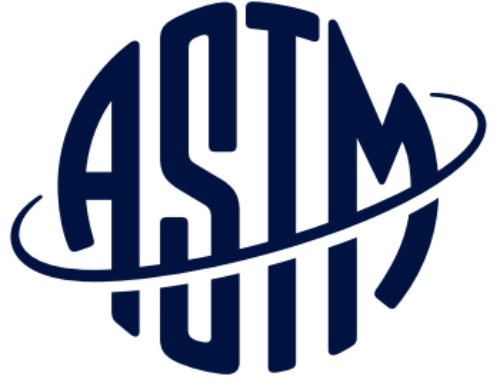The average metal part requires a lengthy series of “normal” and “special” processing steps. Materials must go through machining or casting to take on their shape (normal processes) before potentially undergoing heat treating, chemical milling, non-destructive inspection, shot peening, or coating (special processes). Finally, parts must be certified to meet industry or client quality specifications. Given the incredible amount of input required, metal part production creates several challenges related to economics. Raw materials like metal alloys may be hard to source, control costs of, or account for lead times — especially when all three must be aligned. Furthermore, determining when to allocate CAPEX toward in-house production capabilities versus outsourcing parts production requires a careful balancing of costs and benefits.
For anyone involved in the trillion-dollar metal fabrication industry, managing these issues and expediting parts production unlocks significant advantages. That’s why manufacturers across multiple industries are starting to invest in and experiment with additive manufacturing, or AM.
Business Opportunities in Additive Manufacturing
Conventional manufacturing contains both normal and special processing steps, performed in a series as part of a manufacturing plan. AM essentially combines the two processing types, simultaneously shaping the part and applying thermal conditioning. The economics of doing this vary greatly depending on the type of part made and its intended use. But in some cases, they make a strong case for additive manufacturing technologies.
It might be economically viable to use the additive manufacturing process instead of traditional processing steps when production quotas vary frequently. Imagine you’re expecting to produce 500 parts one month, and the order jumps to 1,500 parts the next month — this scenario makes it hard to plan for receiving/storing raw materials (e.g., cast or forged billets, slabs, rods, etc.) at a warehouse or production facility. In AM, raw materials are in the form of powdered metal feedstock, which is more economical to transport and store. That also makes it easier to produce parts on-site rather than at a distant production facility.
Minimizing waste is another financial benefit of additive manufacturing. The fly-to-buy ratio, which compares the weight of production materials to the weight of a finished product, can be as high as 10 with conventional manufacturing. Because AM can create “near net shape” parts requiring minimal post-build machining, that ratio can get much lower — particularly when also considering metal powder recycling strategies.
As significant as the additive manufacturing impact factor may be, it can’t replace all aspects of conventional metal parts production. Large components like aircraft landing gear can’t meet stringent structural design requirements via existing or near-future types of additive manufacturing, so it will continue to be manufactured conventionally.
AM methods can also create unexpected friction between the standard and special processing steps in production. For instance, 3D printing can produce parts with complex geometry, but that same complexity may make the parts harder; as a result, it might be more expensive to put those parts through post-build machining. The processes used in AM — versus conventional methods — can create parts with complex and variable material microstructures. Even though the underlying metal alloys may be the same, the different processes can produce vastly different material properties that influence performance.
The additive manufacturing process creates exciting opportunities in the economics of a business, but those opportunities are not universal. It’s critical for anyone eager to implement additive manufacturing technologies to evaluate where they can and cannot improve on metal parts production in ways that elevate the bottom line.
Make sure you reach the right conclusions with the help of VEXTEC. Contact us to learn more about how additive manufacturing can boost your bottom line.




Leave A Comment